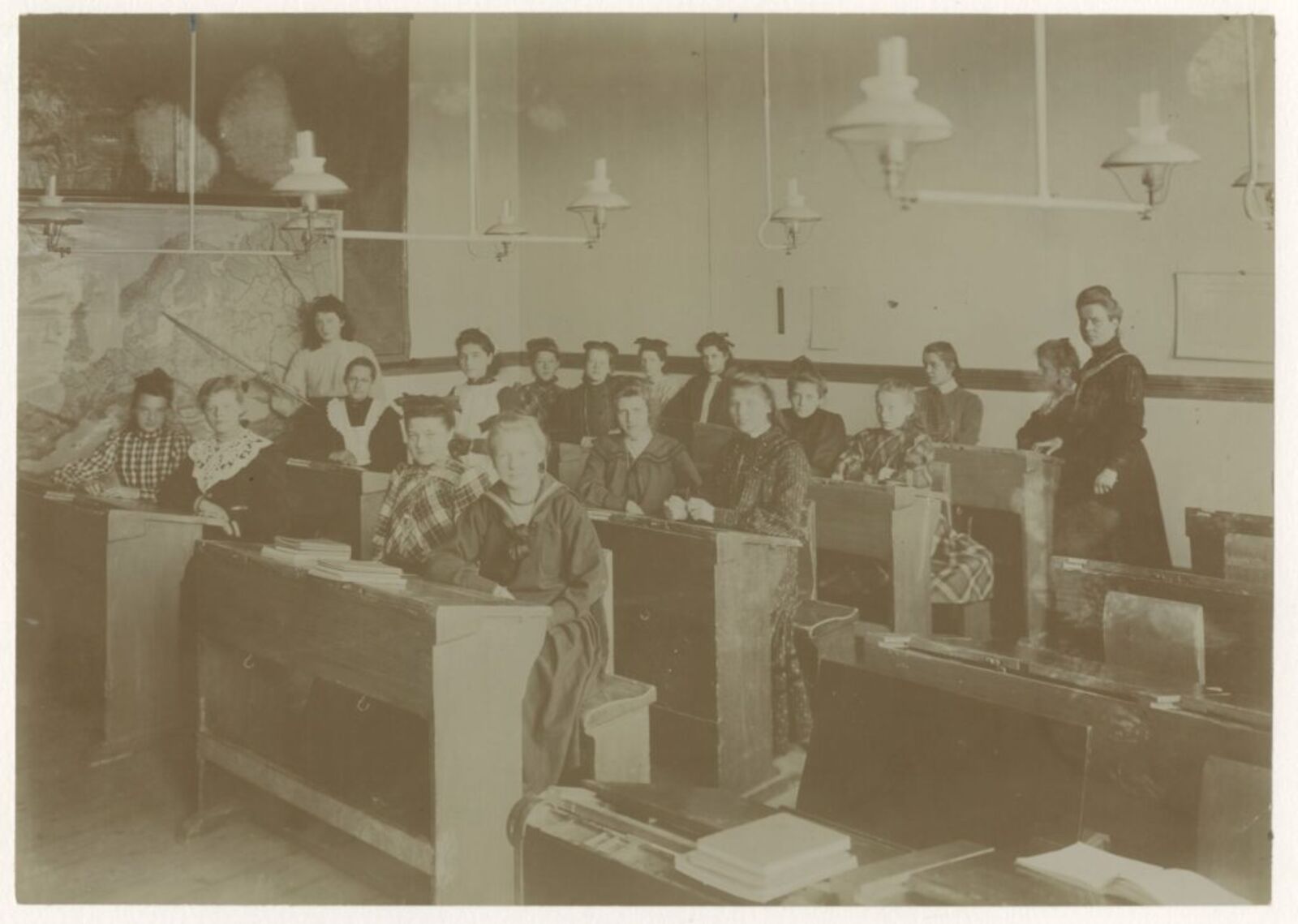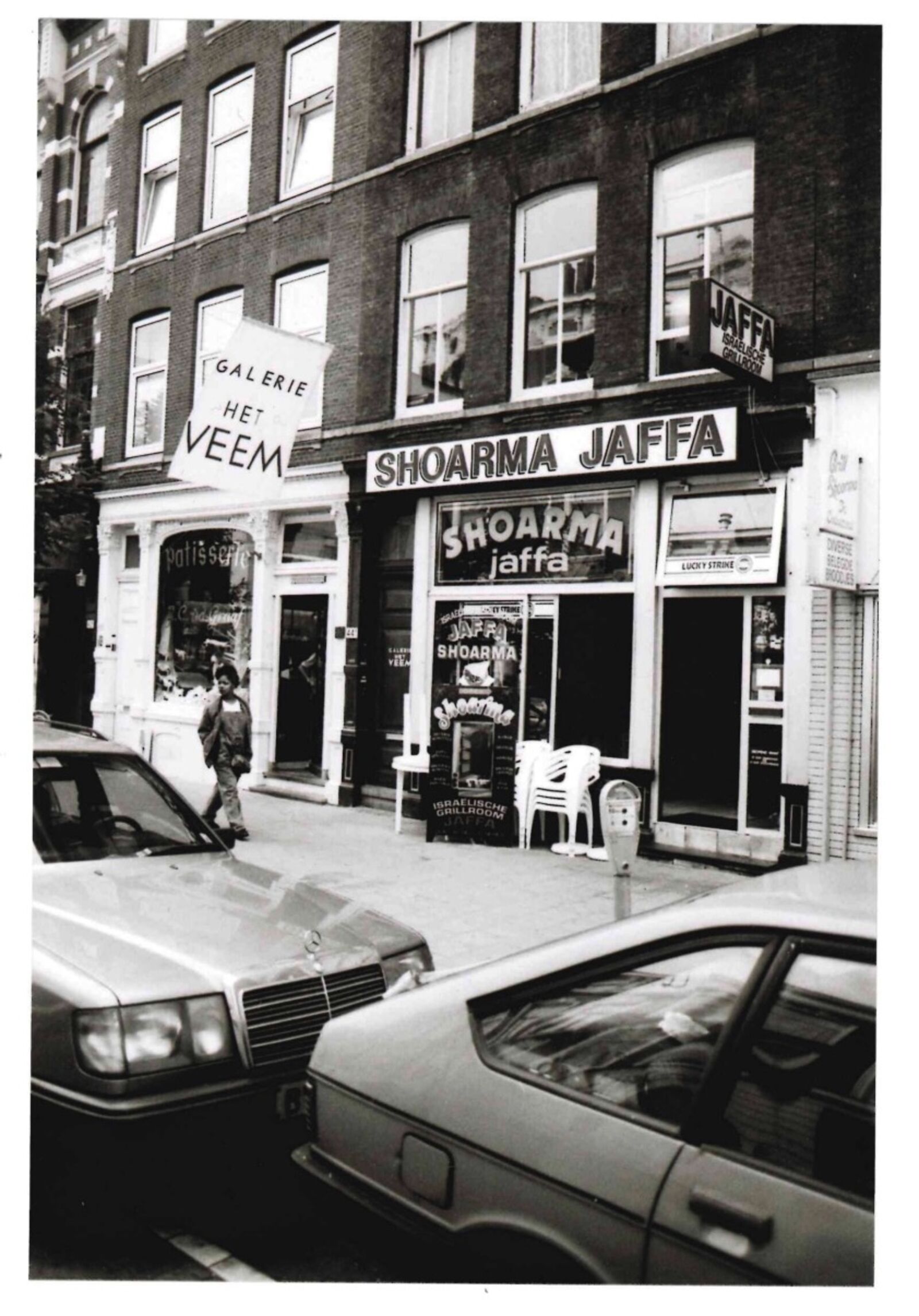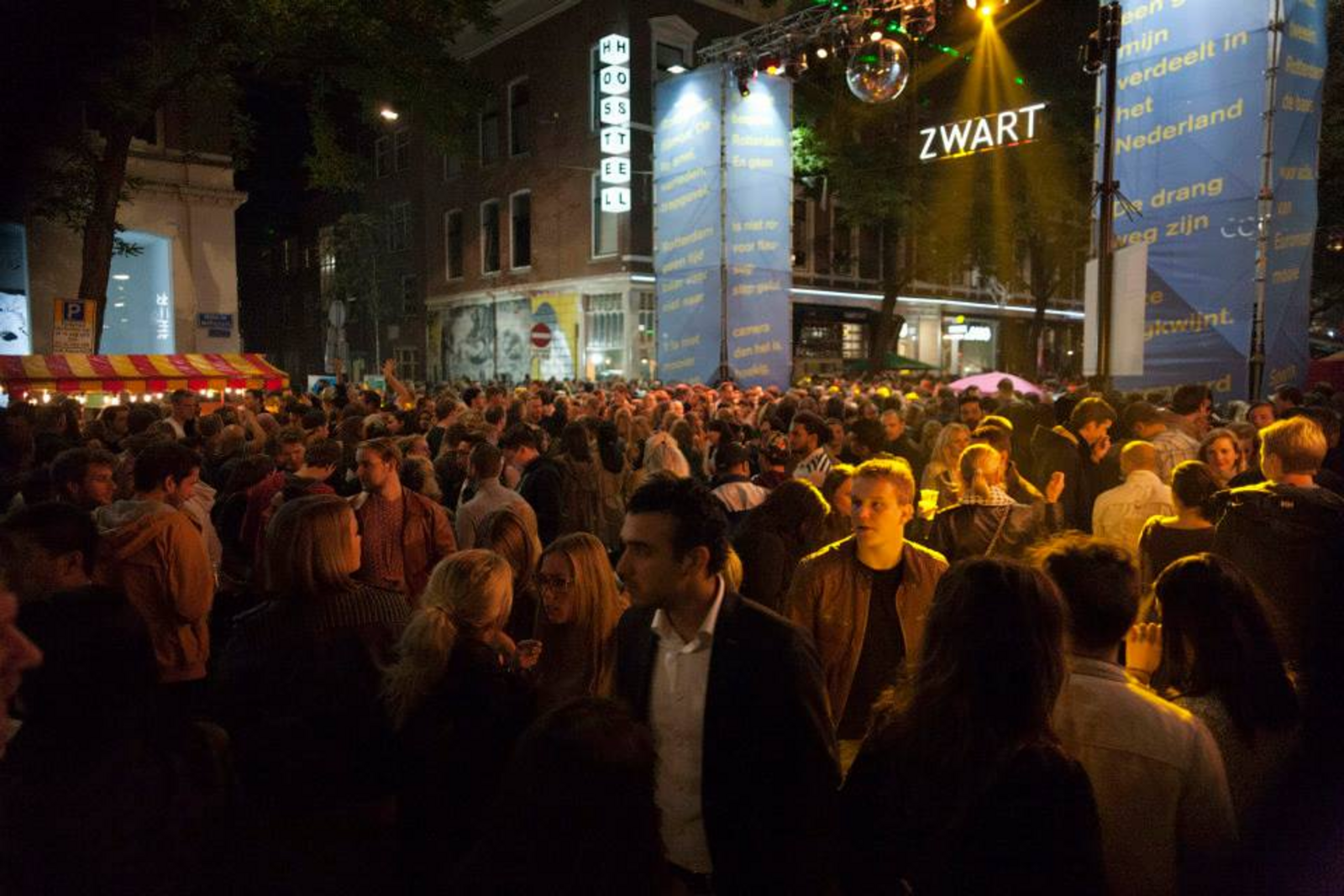Witte de Withkwartier: From Botanical Garden to Cultural Hub
Kunstinstituut Melly and WORM are friends, neighbors, and cultural partners. As participants in the Ministry of Education, Culture, and Science (OCW) Theory of Change project, where we explore how we can measure our socio-cultural impact, (bringing benefit to Rotterdam along the way), we decided that working together is the way forward in understanding what we do, and how we can move forward as cultural institutions. This first meant understanding the street we are situated on, and our respective histories. Melly’s Jeroen Lavèn kicks off a series of articles with a short history of our street and our respective buildings.
“Long before it became Rotterdam’s bustling art and nightlife street, the site of today’s Witte de Withstraat was home to a Hortus Botanicus (botanical garden) and a medical school. In 1826, physician-botanist Dr. Cornelis Dalen acquired land along the Boomgaardslaan (now Boomgaardsstraat) to establish a botanical garden for educational use.
The Hortus Botanicus was eventually demolished in 1870 to facilitate new urban development. City architect Willem Nicolaas Rose planned a street layout for the Cool District that featured a passage through the old garden. Simultaneously, a Hogere Burgerschool for girls, an advanced civic high school housed in the building that is now Kunstinstituut Melly, was established on the new street that year. This event marked the start of urban life along Witte de Withstraat.

Over the years, Witte de Withstraat became home to various businesses, including the editorial offices and printing presses for major newspapers. Notably, the building on Boomgaardsstraat that WORM occupies today once housed the printing press for NRC Handelsblad, Het Vrije Volk, and Algemeen Dagblad, reflecting the street’s legacy in media. By the mid-20th century, the area had gained a somewhat unsavoury reputation as a “shady” nightlife strip, known for seedy bars and illicit activities. Despite, or perhaps because of, this edgy character, the street remained a vibrant part of the city’s social scene, even as Rotterdam evolved around it.

The late 1970s and 1980s saw a deliberate push to reinvent Witte de Withstraat as a cultural corridor. In line with a municipal vision to create a “museum boulevard” in this area. Independent art initiatives and galleries began populating the street. These pioneering artist-run spaces and galleries fostered a new artistic climate on Witte de Withstraat, hosting experimental exhibitions and performances that laid the groundwork for larger institutions to follow. By the end of the decade, the street’s creative energy helped convince city planners and cultural leaders that this was the right neighborhood for major art institutions to take root.
Building on that foundation, a cluster of arts organizations opened in the vicinity around the turn of the 1990s. Within around 15 years, the wider neighborhood saw the arrival of the Center for Visual Arts (CBK Rotterdam, 1982), the Maritime Museum (1986), the Netherlands Architecture Institute (NAi, 1988), Witte de With Center for Contemporary Art (1990), the Kunsthal (1992), V2_Lab for Unstable Media (1994), the Nederlands Foto Archief (1990) and Fotoinstituut (1994) which later merged into the Nederlands Fotomuseum (2003), as well as youth-focused art spaces like Showroom MAMA (1997), exhibition space TENT (1999), and WORM finally arrived on the street, after leaving the VOC building in Delfshaven, in 2011. Together, these organizations transformed Witte de Withstraat into the core of Rotterdam’s contemporary art scene, greatly contributing to the city’s cultural life. The once notorious strip soon earned a new reputation as Rotterdam’s art quarter, attracting artists, students, and gallery-goers.

Recently, Witte de Withstraat has also become a magnet for tourists and city nightlife, with cafes, bars, and boutique hotels joining the galleries and museums. The street’s profile as a cultural hot spot has only grown. In 2013, the main art institutes on the street formalized their cooperation under the banner of “Kunstblock” (Art Block). This collaborative network, comprising Kunstinstituut Melly (formerly Witte de With), CBK-TENT (until 2024), MaMA, V2_, and WORM, coordinates joint public programs and promotional activities. For example, every first Friday evening of the month, these neighbors open their doors free of charge for Kunstavond (Art Evening), inviting the public to experience contemporary art in many accessible ways. Such initiatives underscore how far the street has come: from a 19th-century garden enclave to a 21st-century cultural heart of Rotterdam, continuously reinventing itself while retaining a unique character.”

The story of Witte de Withstraat, Melly, and WORM illustrates that cultural impact is a two-way street. On one hand, creative institutions can revitalize and redefine an urban area, breathing life into old buildings, attracting communities, and sparking dialogue that resonates beyond their walls. On the other hand, the surrounding environment profoundly shapes those institutions’ evolution. From the echoes of history (a garden, a school, a printing press) to the voices of contemporary society, the street has continually informed what Melly and WORM do and how they do it.
As we embark on a joint impact research initiative, this shared history reminds us that measuring impact isn’t just about numbers and outcomes, but also about understanding relationships between an institution and its locale, between neighbors in a cultural ecosystem, and between the past and future. In the case of Melly and WORM, our shared impact is rooted in this rich interplay of place and purpose, collaboration and community. It sets a strong context for our ongoing exploration of how cultural institutions make a difference, and how we can continue to grow that difference together.
